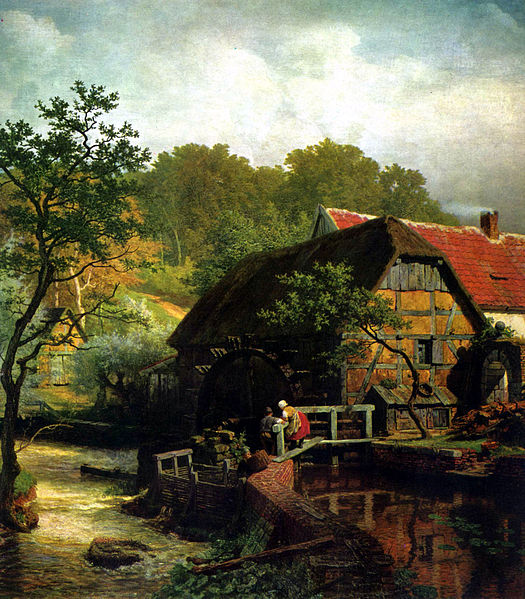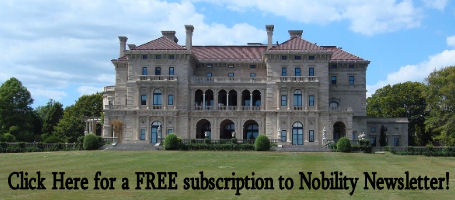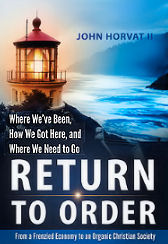As the supreme power of last appeal, this organic State gives unity and a framework to this federation. Far from assuming the modern State’s monopoly of supreme power, the organic State does not smash or reduce these lesser groups to subservience. Rather, it is the preserver and protector of the overall order upon which they depend. Far from concentrating authority, this State encourages its wide distribution by recognizing authority as it exists in lesser groups so each might accomplish its proper functions more easily.
“The supreme authority of the State ought, therefore, to let subordinate groups handle matters and concerns of lesser importance, which would otherwise dissipate its efforts greatly,” writes Pius XI of subsidiarity. “Thereby the State will more freely, powerfully, and effectively do all those things that belong to it alone because it alone can do them: directing, watching, urging, restraining, as occasion requires and necessity demands.” (Quadragesimo Anno, no. 80.)
As a result of this “parceling out of sovereignty,” there can be no modern masses since there is no single monolithic authority. Each individual conserves a unique character, subject to those overlapping levels of authority that both define and correspond to a special identity, function, and position in society.
Thus, explains Joseph Strayer, “This [medieval] division of authority made absolutism impossible; neither the unlimited power of the Roman emperor nor the equally unlimited power of the modern sovereign state could exist under such circumstances.” (1)
Referring to this organic medieval State, M. Stanton Evans notes that “as an abundant record demonstrates, it was the era of the Middle Ages that nourished the institutions of free government, in contrast to the ideas and customs of the ancients. Conversely, it was the rejection of medieval doctrine at the Renaissance that put all Western liberties at hazard, leading to autocracy in Europe and despotic practice in the modern era.” (2)
(1) Joseph R. Strayer, Western Europe in the Middle Ages: A Short History (New York: Appleton-Century-Crofts, 1955), 4-5.
(2) M. Stanton Evans, The Theme Is Freedom: Religion, Politics, and the American Tradition (Washington, D.C.: Regnery Publishing, 1994), 150.
John Horvat II, Return to Order: From a Frenzied Economy to an Organic Christian Society—Where We’ve Been, How We Got Here, and Where We Need to Go (York, Penn.: York Press, 2013), 208.











